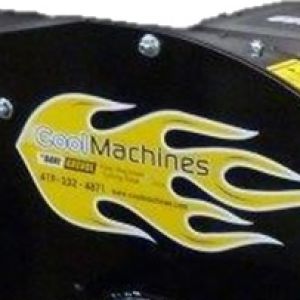Exploring the Best in Insulation Blower MachinesPosted by Johnny Baker on September 9th, 2018 Improve the insulation of your home is not necessary, do you think and if there were still possible improvements? From the attic to the windows, through the roof and the walls, here are our tips to better plug the holes. Isolation often rhymes with the age of the house. But do you know which parts of it record the biggest heat losses? Look! To know if you should better isolate yours, know that a house prior to 1980 is unlikely to have been properly isolated. Between 1980 and 1990, the insulation is generalized but the standards of the time are now far exceeded! It was not until 1990 that the walls and roofs began to be well insulated. But not all other details betray bad insulation, we help you to identify them and, most importantly, we give you tips to improve the insulation of your home. If you don’t know How to Use an Insulation Blowing Machine then you will be having the best options and that also within the budget that you think as proper.
According to current standards, good roof insulation in an existing home must be at least 18 to 20 cm thick. Other factors also come into play in order to benefit from insulation or renovation bonuses in Wallonia, Brussels or Flanders. If you have an under-roof, it all depends on the thickness of the rafters. If they measure at least 18 cm, nothing simpler insert glass wool or mineral between them or complete if there were already 6 cm. If they are thinner, you can either reinforce them to the desired thickness, or fill the available space with thinner insulation wool and cover it with polystyrene panels, or polyurethane and if you do not have under-roofing and therefore no insulation, the best is to ask one from the outside, removing the tiles first. The insulation can also be done from the outside, for example with panels. For the cool insulation blowing machines you will be having the best deals.
Not to use them, we end up forgetting them and yet. The attic, even lost and difficult to access, must be isolated at the risk of causing much waste. If your attics do not need to be heated, the best is to isolate them by the ground. Either directly on the concrete, spraying polyurethane foam on top for a very homogeneous insulation; in a vacuum of 20 cm created above the concrete with wooden panels, into which cellulose or glass wool or blown rock is blown. And their lifespan is in ten years. The fiberglass insulation blowers are perfect in this case.
If your exterior walls and windows are cold or cold in the winter and hot in the summer, there is no doubt that your home needs insulation. Ditto if as soon as the heater stops turning, your rooms will quickly become cold or the temperature will be slow to rise when you increase the thermostat. The use of the cellulose insulation blowers is important in there. Walls are the second biggest source of energy waste, responsible for 20% to 25% of heat loss. If your home was built after 1950, there is certainly a gap between your exterior and interior walls. About us:- To know if this vacuum contains an insulator, it will be necessary to probe it. Better to call a professional who will then proceed to the insulation of your hollow walls. Like it? Share it!More by this author |


